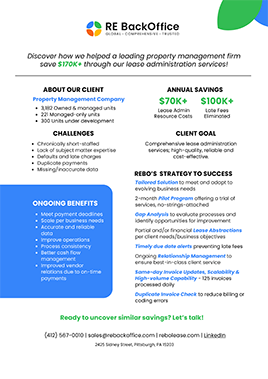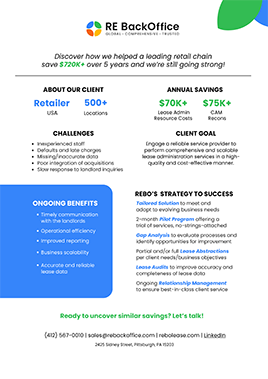
When leasing a commercial space for your retail venture, it's essential to pay close attention to every detail outlined in the agreement. While much focus is often placed on rent, term length, and other financial aspects, one critical yet sometimes overlooked component is the store layout. The store layout not only influences the shopping experience for customers but also affects operational efficiency and overall aesthetics. Therefore, incorporating provisions regarding store layout into your lease agreement is crucial for ensuring a successful and harmonious tenancy.
Defining Store Layout:
Store layout encompasses the design and arrangement of floor space, as well as the placement of fixtures within a department or retail store. It pertains to the interior layout of the premises or house, detailing elements like the store layout, the number of cubicles, the presence of a pantry area, washroom facilities, and the setup of the reception area. In essence, it reflects the internal organization of your store.
The Importance of Store Layout in Lease Agreements
Store layout is crucial in a lease agreement for several reasons:
Customer Flow:
Store layout plays a pivotal role in shaping the flow of customer traffic within a retail space, making it a crucial consideration in lease agreements. By delineating pathways, entry and exit points, and the strategic arrangement of displays, both landlords and tenants can ensure an optimized shopping experience.
Space Allocation:
The lease agreement outlines the specific area within the premises that the tenant will occupy. Clarifying the store layout in the agreement ensures that both parties have a clear understanding of how the space will be allocated, including the location of retail areas, storage areas, and any shared spaces.
Operational Requirements:
The layout of the store directly impacts the tenant's ability to conduct business efficiently. By including provisions related to store layout in the lease agreement, both parties can address operational requirements such as the placement of fixtures, shelves, and equipment. This helps ensure that the tenant has the necessary space and infrastructure to operate their business effectively.
Tenant Improvements:
In many cases, tenants may need to make modifications to the store layout to suit their specific needs. By including provisions for tenant improvements in the lease agreement, both parties can establish guidelines for any alterations or renovations to the premises. This helps prevent misunderstandings and disputes regarding changes to the store layout during the lease term.
Compliance with Regulations:
The layout of the store must comply with local building codes, zoning regulations, and other legal requirements. By addressing store layout in the lease agreement, both parties can ensure that the premises meet all necessary regulatory standards. This helps mitigate the risk of fines, penalties, or legal disputes resulting from non-compliance with regulations related to store layout.
Maintenance and Repairs:
The lease agreement typically outlines each party's responsibilities for maintaining and repairing the premises. By including provisions related to store layout, both parties can clarify who is responsible for maintaining specific elements of the layout, such as fixtures, flooring, and lighting. This helps prevent misunderstandings and disputes regarding maintenance and repair obligations during the lease term.
Overall, addressing store layout in the lease agreement helps ensure that both parties have a clear understanding of how the space will be utilized and maintained. By clarifying operational requirements, compliance with regulations, and maintenance responsibilities, the lease agreement helps facilitate a successful and mutually beneficial relationship between the landlord and tenant.


